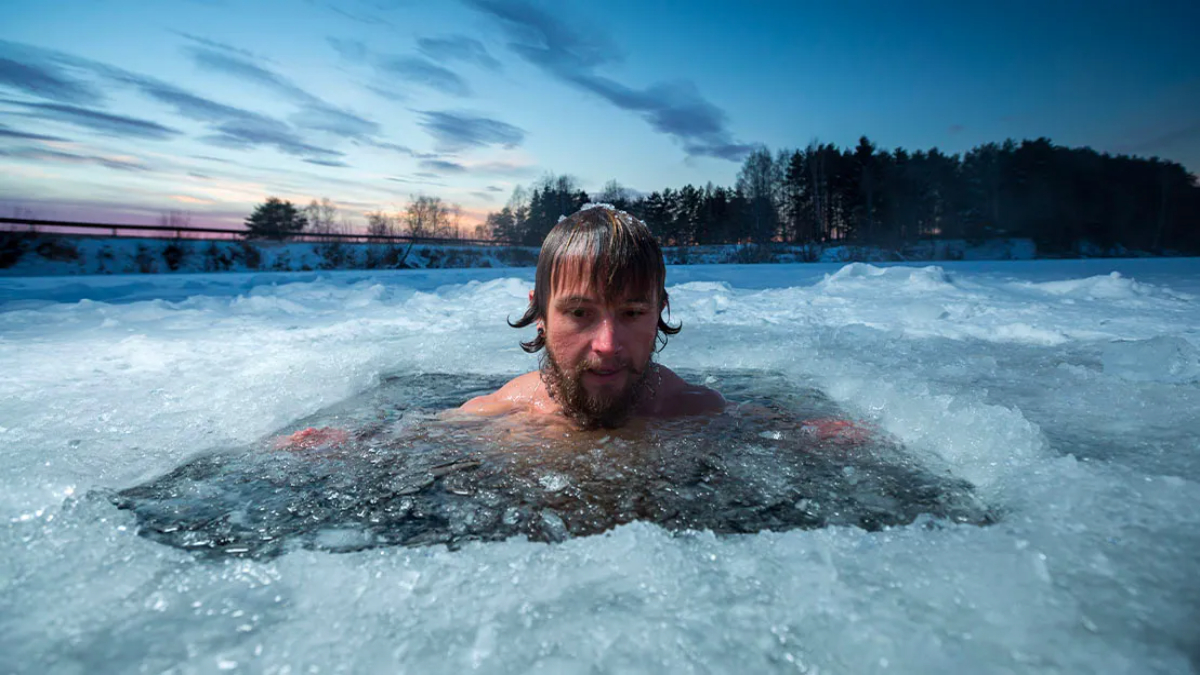
Advertisement
Cold plunges, touted for their potential health benefits and invigorating effects, have gained popularity in recent years. However, as with any extreme temperature exposure, there are concerns about the risk of hypothermia. In this article, we’ll delve into the question: Can a cold plunge cause hypothermia?
Understanding Hypothermia: First, let’s clarify what hypothermia is. Hypothermia occurs when the body loses heat faster than it can produce it, leading to a dangerously low body temperature. This condition can be life-threatening if not addressed promptly.
The Risks of Cold Plunges: Cold plunges involve immersing oneself in cold water for a short period. While this may seem harmless, prolonged exposure to icy temperatures can increase the risk of hypothermia, especially in vulnerable individuals.
Factors to Consider: Several factors can influence the likelihood of developing hypothermia during a cold plunge:
- Water Temperature: The colder the water, the greater the risk of hypothermia. Immersing oneself in near-freezing water for an extended period significantly increases the danger.
- Duration of Exposure: Spending too much time in cold water can lower body temperature rapidly, putting individuals at risk of hypothermia.
- Individual Factors: Certain individuals, such as the elderly, children, and those with medical conditions like diabetes or hypothyroidism, may be more susceptible to hypothermia.
- Clothing: Wearing inadequate clothing or remaining wet after exiting the water can exacerbate heat loss and increase the risk of hypothermia.
Preventing Hypothermia: To minimize the risk of hypothermia during a cold plunge, consider the following precautions:
- Limit the Duration: Keep cold plunge sessions brief, ideally lasting no more than a few minutes.
- Monitor Water Temperature: Avoid immersing yourself in water that is excessively cold, particularly if you’re prone to feeling chilly.
- Dress Appropriately: Wear insulated swimwear or wetsuits to retain body heat and prevent excessive heat loss.
- Warm Up Afterwards: After exiting the water, dry off promptly and wrap yourself in warm towels or blankets to raise body temperature.
- Listen to Your Body: Pay attention to signs of hypothermia, such as shivering, numbness, confusion, or fatigue, and seek warmth immediately if you experience any symptoms.
While cold plunges can offer a refreshing and invigorating experience, it’s essential to be mindful of the potential risks, including hypothermia. By taking appropriate precautions and listening to your body, you can enjoy the benefits of cold water immersion safely. Remember, moderation is key, and when it comes to cold plunges, it’s better to be safe than sorry.
